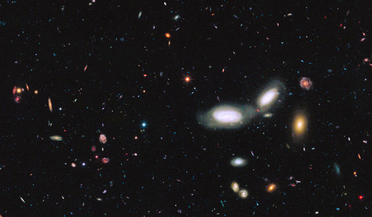 05 December 2018
New theory unifies dark matter with dark energy
05 December 2018
New theory unifies dark matter with dark energy
...'negative gravity', repelling all other material around them. Although this matter is peculiar to us, it suggests that our cosmos is symmetrical in both positive and negative qualities,’ explains Dr Jamie Farnes from the Oxford e-Research Centre, who...
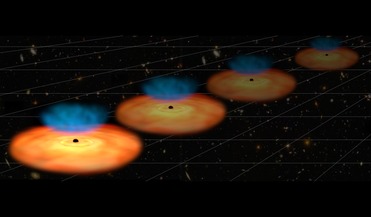 30 January 2019
New physics needed to explain early expansion of the Universe
30 January 2019
New physics needed to explain early expansion of the Universe
...epochs in the Universe’s history are notoriously difficult to study because pinning down exactly how fast the cosmos has expanded, especially in the beginning, is incredibly difficult to do. Researchers have in the past used the consistent brightness...
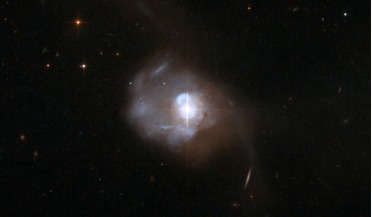 19 February 2020
Molecular oxygen detected for the first time in another galaxy
19 February 2020
Molecular oxygen detected for the first time in another galaxy
... a broader understanding of the role O2 plays in cosmo-chemistry can take shape. The authors would also like... way in helping scientists to understand the role O2 plays in cosmo-chemistry Further observations of O2 in other galaxies are now needed...
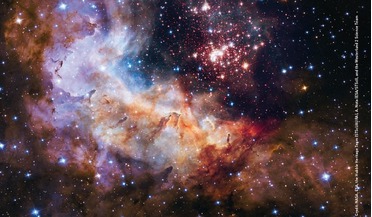 June 2015
Hubble’s 25th Anniversary
June 2015
Hubble’s 25th Anniversary
... 10,000 galaxies is the deepest visible-light image of the cosmos. Called the Hubble Ultra Deep Field, this galaxy-studded view...ellipticals – thrived about 1 billion years ago, when the cosmos was 13 billion years old. Hubble Mosaic of the Majestic...
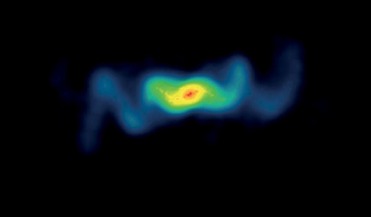 October 2015
From post-humanity to fractals: is human space exploration doomed?
October 2015
From post-humanity to fractals: is human space exploration doomed?
... in three-dimensional spaces, such as ash, trees, lungs and galaxies. … there is a barrier to our expansion across the cosmos that we cannot get around. It’s best illustrated with a simple example. Imagine an infinitely thin piece of paper. We use...
 March 2017
Growing plastic-producing bacteria in space
March 2017
Growing plastic-producing bacteria in space
... mythology concept of space ‘Ginnungagap’ (the bottomless abyss that existed prior to the beginning of the cosmos and into which the cosmos will collapse once again). The long term goal is to create a ‘survivor’ bacteria that can...